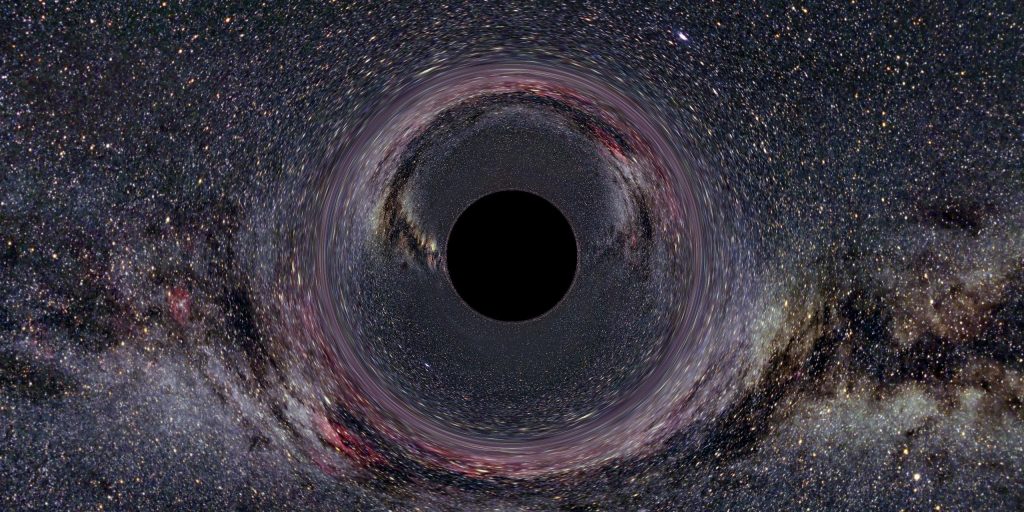Stephen Hawking’s theory about black holes has been confirmed.
Others are reading now
One of Stephen Hawking’s most renowned theories about black holes has been confirmed, thanks to observations of space-time ripples caused by the merger of two distant black holes.
The news comes more than 50 years after Hawking first proposed the idea.
The theory in question is known as the black hole area theorem and was derived by Hawking in 1971 from Einstein’s theory of general relativity.
Also read
It posits that the surface area of a black hole can never decrease over time.
This rule is significant for physicists because it aligns with the second law of thermodynamics, which states that the entropy, or disorder, of a closed system must always increase. Since the entropy of a black hole is proportional to its surface area, this theorem suggests that both must always grow.
The recent confirmation of Hawking’s theorem was achieved through the study of gravitational waves — ripples in space-time generated by the collision of massive cosmic objects, such as black holes.
Researchers analyzed the data from these waves, produced by the merger of two black holes, and found that the combined surface area of the resulting black hole was indeed larger than the sum of the individual areas of the original black holes, in accordance with Hawking’s theory.
“I’m obsessed with these objects because of how paradoxical they are. They’re extremely mysterious and confounding, yet at the same time we know them to be the simplest objects that exist,” lead researcher Maximiliano Isi told Shining Science.
“This, as well as the fact that they’re where gravity meets quantum mechanics, makes them the perfect playgrounds for our understanding of what reality is.”


